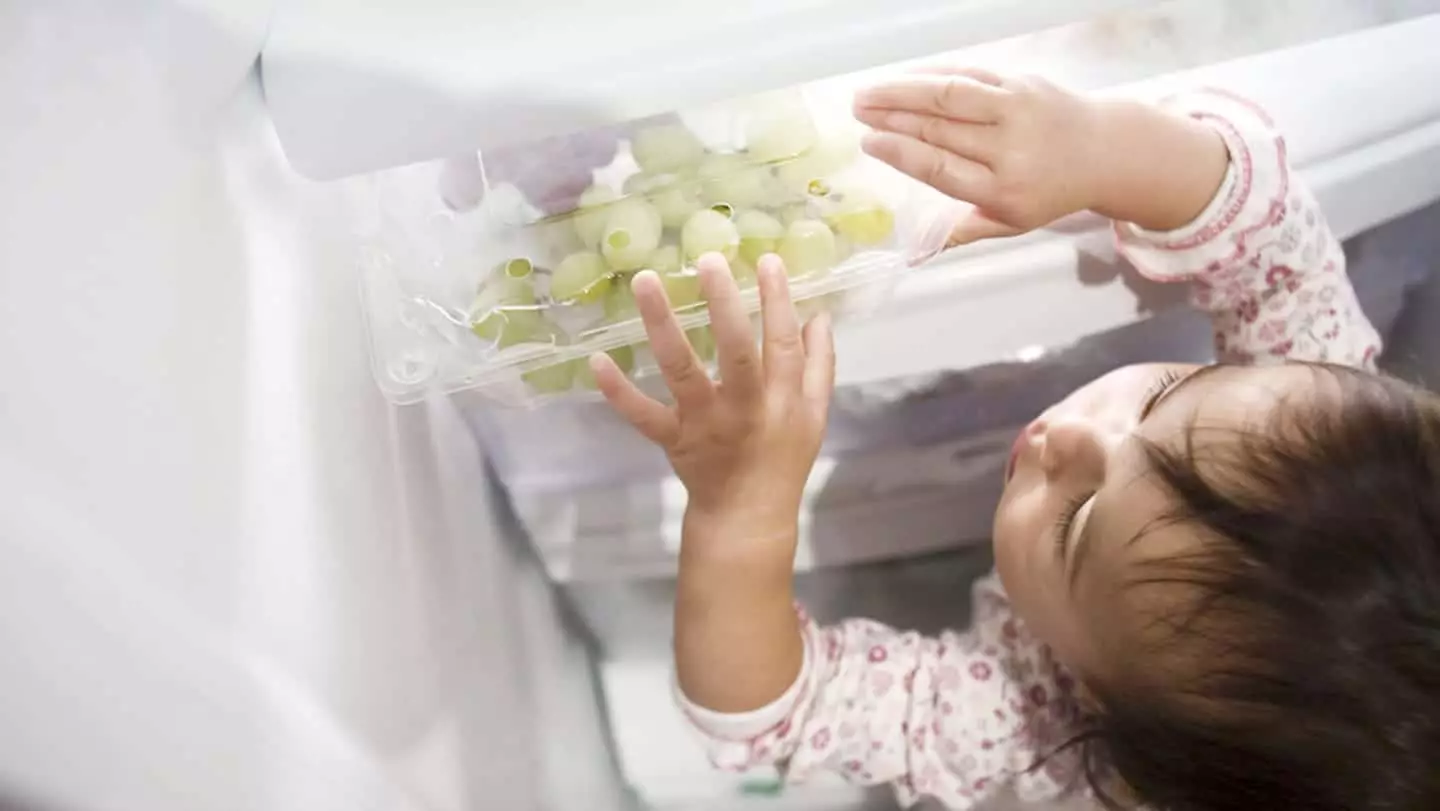Feeding toddlers can be a daunting task, especially when it comes to ensuring their safety during mealtimes. Balancing nutrition, variety, and safe eating practices is essential for parents navigating through their child’s early dietary experiences. While it’s easy to be overwhelmed by worries surrounding health and nutrition, paying close attention to choking hazards is an area where caregivers can make significant improvements. This article aims to highlight common foods that pose choking risks for children under four and offers practical solutions to make mealtime both safe and enjoyable.
Young children typically have varying abilities when it comes to chewing and swallowing. This is largely due to their developing motor skills and mouth coordination. My journey into toddler feeding emphasized the importance of being mindful about the textures and forms of foods served. For example, while many parents encourage their little ones to try different foods, some are simply harder for toddlers to manage. It’s crucial to recognize that their eagerness to eat can sometimes lead to hasty consumption, increasing the risk of choking.
Choking incidents can be traumatic for both the child and the parent. A personal experience underscored this reality when my own daughter had a narrow escape from severe discomfort after a small tortilla chip lodged in her throat. Although she wasn’t choking in the traditional sense, the panic it incited reminded me of the importance of vigilance with food choices.
The list of foods that can pose a choking threat is quite extensive, and it can greatly vary among toddlers. Foods that are round and firm, such as whole grapes or cherry tomatoes, can quickly block the airways if not cut properly. The Centers for Disease Control and Prevention (CDC) suggests cutting such items into manageable pieces, about half an inch in size, to minimize any danger.
Moreover, nuts are another culprits, as they can be difficult for young children to chew. Instead of offering whole nuts, consider safer alternatives like nut butters, which can be spread on bread or incorporated into other dishes. It is important to provide these in small amounts to avoid overwhelming toddlers who tend to eat quickly.
Popcorn is another crunchy snack that can present risks. Although many parents might offer it once their children reach a certain age, it’s advisable to wait until they have more teeth and experience with chewing, which often occurs closer to the age of four. Choose softer snacks like rice cakes for older toddlers seeking something crunchy.
With an understanding of what foods to watch for, it’s equally vital to focus on how these foods are prepared. Raw vegetables, such as carrot sticks and celery, pose a significant choking risk when offered in their natural form. Dicing these into small pieces or steaming them until soft can make these nutritious options much safer. For fruits, opting for varieties with softer textures, like ripe bananas or steamed apples, can help eliminate choking risks while still providing essential nutrients.
When it comes to meats, the way they are presented can directly affect safety. While some toddlers may struggle with chunky pieces of meat, shredded or finely chopped options are often much easier to handle. Preparing meals with an understanding of a child’s chewing capabilities can ensure they have a safe and pleasant dining experience.
Instilling good eating habits in toddlers goes beyond what types of foods are served. Supervision during meals is critical. Children should always be seated while eating, as this position significantly reduces the risk of choking. Not only does it help them focus on chewing their food properly, but it also allows parents to monitor their little ones’ eating behavior.
It can also be helpful for caregivers to introduce foods one at a time and observe how well their child handles it before trying something new. Some parents find success in practicing with smoothies, which can allow toddlers to enjoy the nutrients from hard-to-chew foods while eliminating choking risks entirely.
Navigating the complexities of toddler nutrition can be a balancing act of worry and exploration. It’s essential to trust your instincts as a parent. If you feel uncertain about a particular food item, take the necessary precautions to prepare it in a safer way, or simply hold off until your child is ready. Remember, it’s not about becoming consumed with anxiety over every meal, but rather implementing simple, thoughtful strategies that foster a safe, healthy environment for your growing child. By integrating these practices into your approach, you can create positive feeding experiences that encourage both safety and enjoyment.

